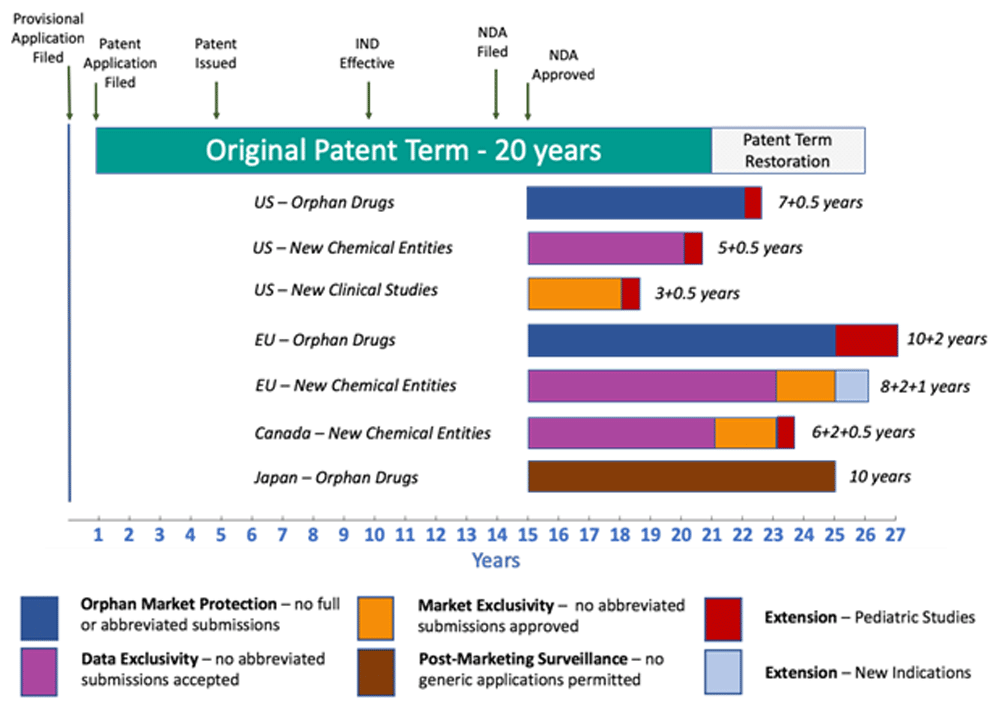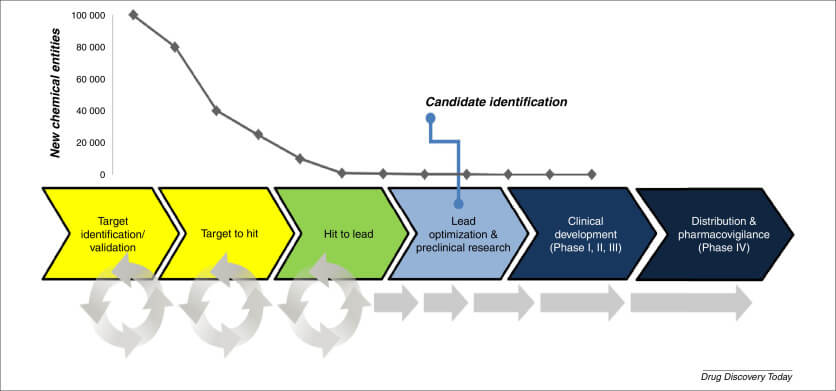Imagine you’ve spent years in a lab, tinkering with molecules, chasing breakthroughs, and finally—you’ve got it. A new drug that could change lives. But here’s the kicker: without a solid patent, your innovation could slip through your fingers like sand. In the pharmaceutical world, a well-drafted patent application isn’t just paperwork—it’s your ticket to market domination. How do you transform complex scientific data into a legal fortress that protects your invention and fuels business success? That’s what we’re unpacking today.
This article is your guide to mastering the art and science of drafting effective drug patent applications. We’ll explore the strategies, pitfalls, and insider tips that business professionals, inventors, and legal teams need to know. Ready to turn your data into a competitive edge? Let’s get started.
Why Drug Patents Matter in Today’s Market
Patents are the lifeblood of the pharmaceutical industry. They grant you exclusive rights to your drug for up to 20 years, keeping competitors at bay while you recoup R&D costs—costs that often soar into the billions. According to a 2023 report by the Tufts Center for the Study of Drug Development, the average cost to bring a new drug to market is $2.6 billion. Without a patent, that investment is a gamble with no safety net.
But it’s not just about protection. A strong patent positions your company as a leader, attracting investors and signaling innovation. Think of it as a chess move: control the board, and you dictate the game.
The Basics of a Drug Patent Application
So, what’s in a drug patent application? At its core, it’s a legal document that describes your invention in painstaking detail—enough to prove it’s novel, non-obvious, and useful. You’ll need a title, abstract, background, detailed description, claims, and often, drawings or chemical structures. Sounds simple, right? Not quite. The magic lies in how you craft each section to withstand scrutiny from patent examiners and competitors alike.
Understanding Patentable Subject Matter
Not everything can be patented. In the U.S., the law under 35 U.S.C. § 101 says your drug must be a new composition of matter, a novel process, or an improvement on something existing. Naturally occurring substances? Off the table unless you’ve tweaked them significantly. For example, a new synthetic compound is fair game, but isolating a plant extract might not cut it without a unique twist.
Key Elements of an Effective Drug Patent
What separates a winning patent from a rejected one? Specificity and foresight. Your application must balance technical detail with legal precision. Let’s break it down.
Crafting a Strong Title and Abstract
Your title is the first impression. Keep it concise but descriptive—think “Novel Anti-Cancer Compound X and Methods of Use” over something vague like “Drug Invention.” The abstract? It’s your 150-word elevator pitch. Hook the examiner with what’s new and why it matters.
Writing a Compelling Background
Here’s where you set the stage. What problem does your drug solve? Maybe it’s a cancer treatment with fewer side effects or a diabetes drug that works faster. Highlight the gap in the market without giving away your secret sauce just yet.
Detailing the Invention
This is the meat of your application. Describe your drug’s chemical structure, how it’s made, and how it works. Use examples—say, lab results showing a 30% efficacy boost over existing treatments. The goal? Prove it’s not just another me-too drug.
The Power of Patent Claims
Claims are the heart of your patent—they define what you own. Broad claims might cover the compound and all its uses, while narrower ones zero in on specific formulations. Striking the right balance is tricky. Too broad, and you risk rejection; too narrow, and competitors can sidestep you.
Drafting Broad vs. Narrow Claims
Broad claims are like casting a wide net—great for market control but tough to defend. Narrow claims are your safety net, easier to get approved but less protective. A smart strategy? Layer both, starting with ambitious claims and tapering down.
Avoiding Common Claim Pitfalls
Vague language is your enemy. “Effective treatment” won’t fly—quantify it. Did your drug reduce tumor size by 40% in trials? Say so. Ambiguity invites challenges, and in pharma, challenges mean millions lost.
Navigating Novelty and Non-Obviousness
The U.S. Patent and Trademark Office (USPTO) demands your drug be new and not an obvious tweak on what’s out there. How do you prove it? Dig into prior art—existing patents, journals, even conference papers. If your compound’s structure or effect stands apart, you’re golden.
Conducting a Prior Art Search
Don’t skip this. A thorough search can save you from rejection or litigation later. Tools like Google Patents or USPTO databases are your starting point, but a patent attorney’s expertise is invaluable here.
Demonstrating Non-Obviousness
Think of this as your “wow” factor. Maybe your drug uses a novel delivery method—like nanoparticles—that no one’s cracked before. Highlight what makes it a leap, not a step.
The Role of Data in Patent Success
Data is your ammunition. Lab results, clinical trial stats, even computational models—pack your application with evidence. A 2022 study from the American Chemical Society found that patents with robust experimental data were 25% more likely to be granted. Numbers don’t lie, and neither should your application.
Presenting Experimental Results
Don’t just dump data—tell a story. Show how your drug outperformed a placebo by 50% in Phase I trials. Use tables or graphs if allowed, but always explain the “why” behind the “what.”
Leveraging Computational Models
In silico studies—computer simulations—can bolster your case, especially for novel mechanisms. They’re not enough alone, but paired with lab data, they’re a powerhouse.
Working with Patent Attorneys
You could draft this solo, but why risk it? Patent attorneys bridge science and law, catching errors you’d miss. “A good attorney doesn’t just write—they strategize,” says Dr. Jane Kessler, a biotech patent expert with over 20 years at Pfizer. They’ll spot weak claims or prior art you overlooked.
Global Considerations for Drug Patents
The world isn’t just the U.S. Filing under the Patent Cooperation Treaty (PCT) lets you chase protection in 150+ countries. But beware—standards vary. Europe’s stricter on biotech, while India’s tough on incremental innovations. Tailor your approach.
Harmonizing Applications Across Jurisdictions
Consistency saves headaches. Align your claims across filings, but tweak for local laws. A U.S. broad claim might need narrowing in Japan.
Timing Your Filings
File early—before you publish or present. The U.S. gives you a one-year grace period post-disclosure, but most countries don’t. Miss the window, and your patent’s toast.
Overcoming Patent Office Rejections
Rejections happen—about 60% of initial applications face them, per USPTO stats. Don’t panic. Respond with data, refine claims, or argue your case. Persistence pays.
Responding to Office Actions
Examiners might say your drug’s obvious. Counter with specifics—maybe your synthesis method cuts costs by 20%. Evidence trumps opinion.
Appealing When Necessary
If push comes to shove, appeal to the Patent Trial and Appeal Board. It’s rare, but a strong case can overturn a stubborn rejection.
Protecting Your Patent Post-Approval
Got the patent? Great. Now defend it. Monitor competitors, enforce your rights, and consider extensions—like the Hatch-Waxman Act’s extra years for FDA delays.
Monitoring Infringement
Competitors might test your boundaries. Tools like patent watch services can flag copycats early.
Extending Patent Life
Every day counts. In the U.S., you can snag up to five extra years if regulatory approval drags. Use it.
Turning Patents into Market Domination
A patent isn’t just protection—it’s leverage. License it, partner with big pharma, or build your empire. Gilead’s Hepatitis C drug patents, for instance, raked in $19 billion in 2015 alone. That’s the power of a well-drafted application.
Licensing Strategies
Licensing can multiply revenue without manufacturing headaches. Set terms that maximize profit and control.
Building a Patent Portfolio
One patent’s good; a portfolio’s better. Cover formulations, methods, and uses to lock down your market slice.
Key Takeaways
Drafting an effective drug patent application is a high-stakes game of science, law, and strategy. Nail the basics—novelty, claims, data—and you’ve got a shield against competitors. Partner with experts, think globally, and protect your win. Your invention deserves more than a lab notebook; it deserves domination. Ready to make it happen?
Frequently Asked Questions (FAQs)
- What’s the biggest mistake in drafting drug patent applications?
Overlooking prior art. Missing a key reference can sink your application—or worse, invite lawsuits later. - How long does it take to get a drug patent approved?
Typically 2-3 years in the U.S., but complex cases or rejections can stretch it to 5+ years. - Can I patent a drug already in clinical trials?
Yes, if you haven’t publicly disclosed it. File before trials go public to preserve novelty. - How much does a patent attorney cost for this?
Expect $10,000-$20,000 for a quality pharma patent draft, depending on complexity and jurisdiction. - What happens if my patent gets rejected?
You can amend claims, submit new data, or appeal. Most rejections are negotiable with the right approach.
Cited Sources
- Tufts Center for the Study of Drug Development. “Cost to Develop and Win Marketing Approval for a New Drug Is $2.6 Billion.” 2023.
- American Chemical Society. “Impact of Experimental Data on Patent Approval Rates.” 2022.
- U.S. Patent and Trademark Office. “Patent Application Rejection Statistics.” 2023.





















